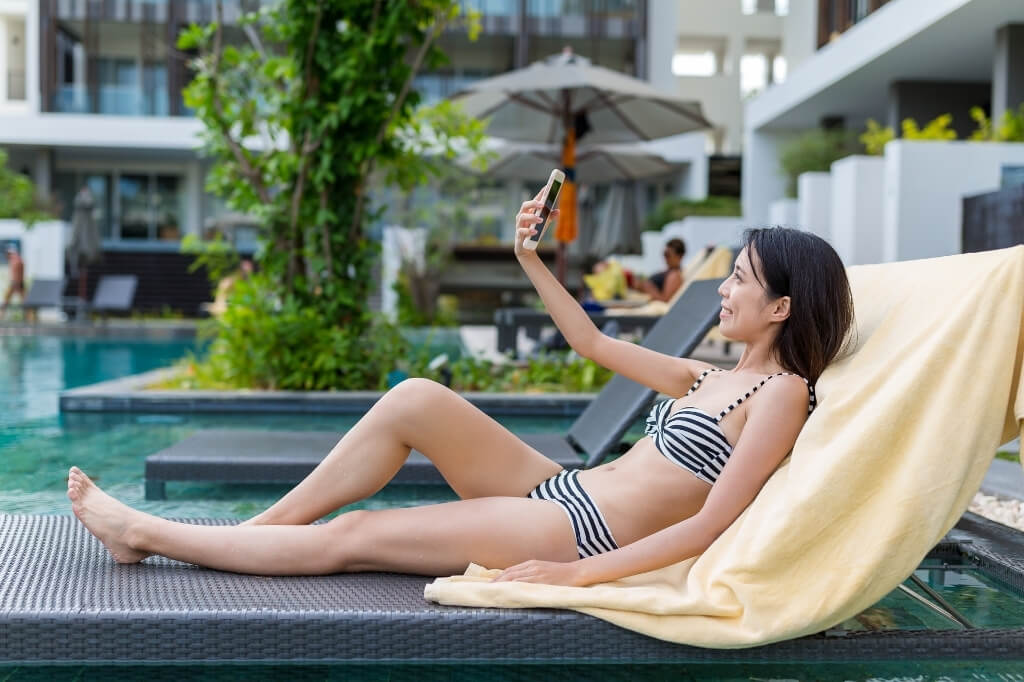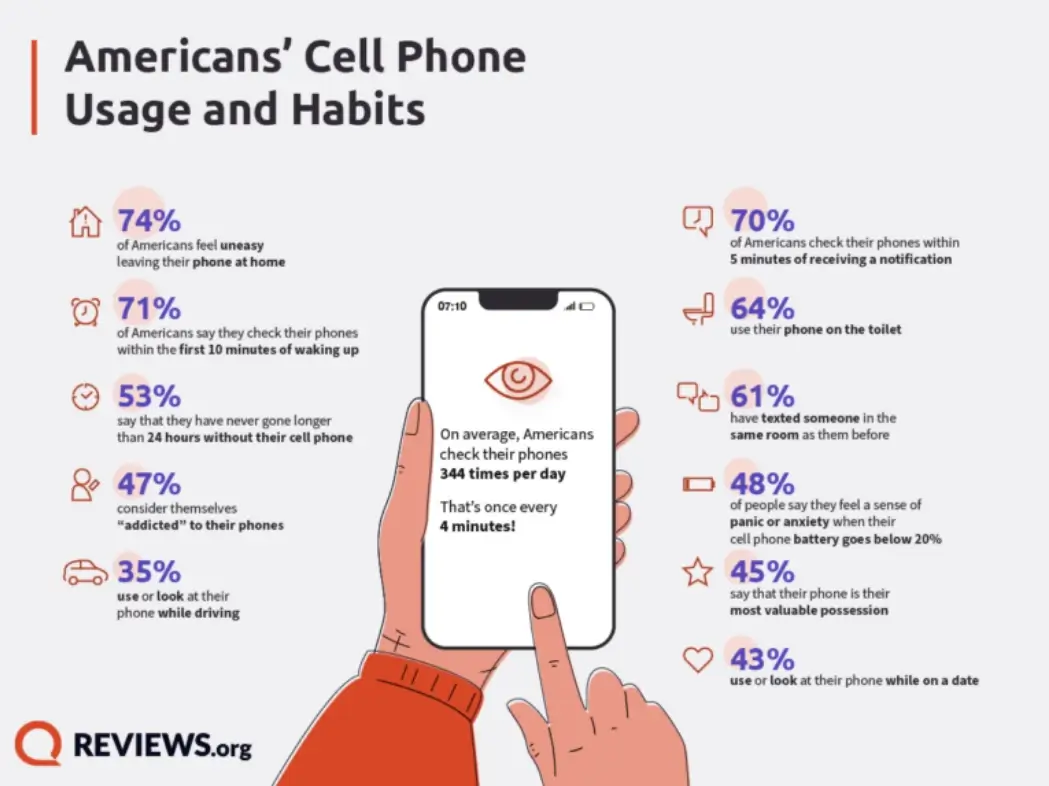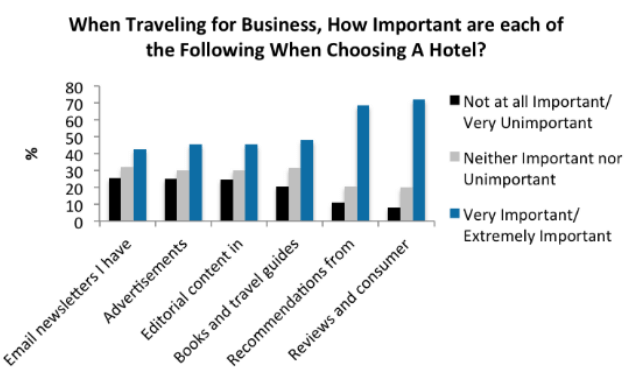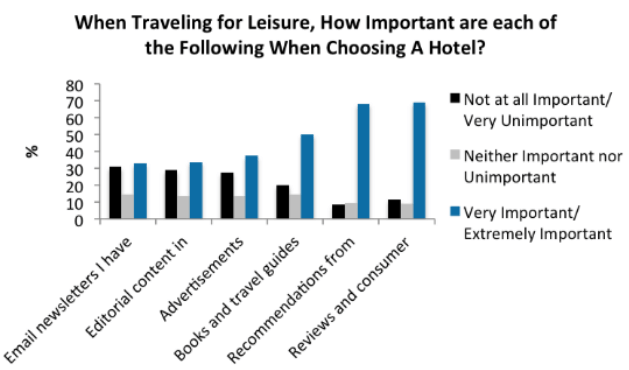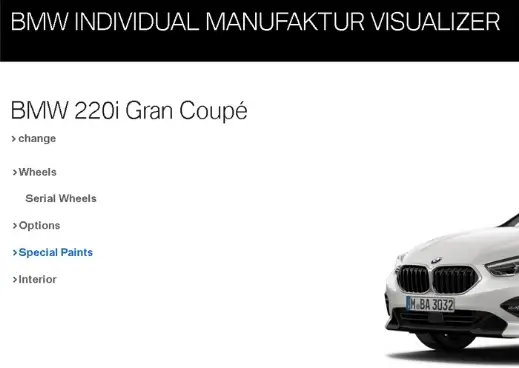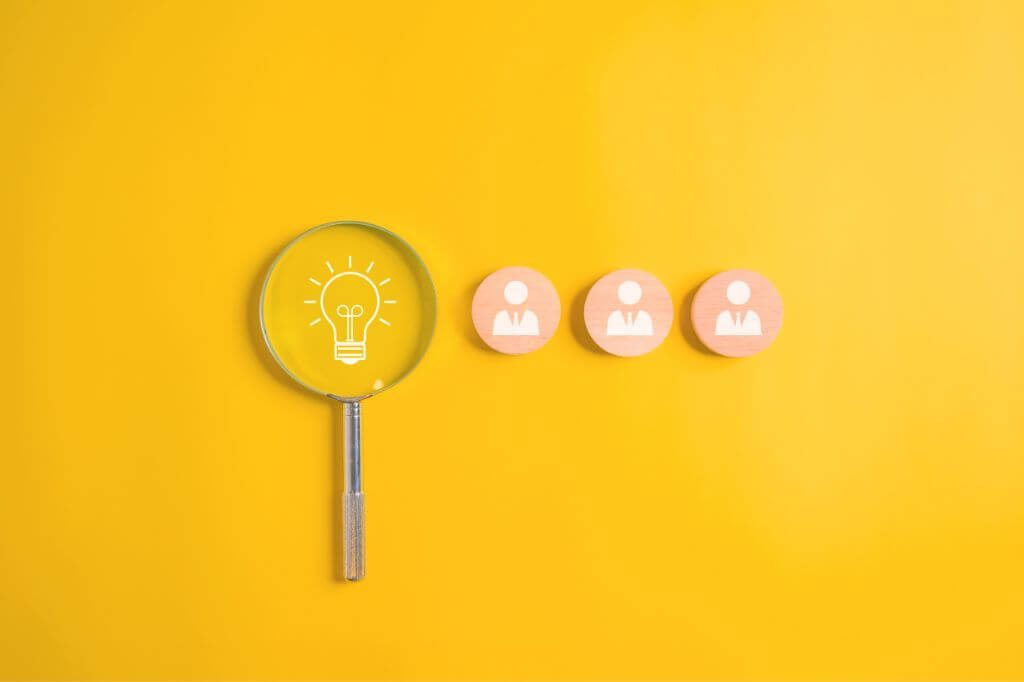Current Situation
The smart phone has come to stay
by Rubén Schaffer
Without a doubt smart phones are the devices that have changed our lives the most over the past 15 years.
They are an amazing tool that allows us not only to communicate with others but with which we can take pictures, film videos, interact on social networks, listen to music, purchase all sorts of goods and services, look for companions, learn about the latest news, see movies and tv series, hire transportation, make payments, etc. Their price, functionality, versatility and portability have made them indispensable for millions and millions of people. We use them for so many things that they are omnipresent at almost every moment of our lives, and therefore have shaped much of our behavior, preferences and expectations. In fact, I am dictating this very text to my cell phone.

![]() 48% of people say they feel a sense of panic or anxiety when their cell phone battery goes below 20%.
48% of people say they feel a sense of panic or anxiety when their cell phone battery goes below 20%. ![]()
Covid has acelerated the digitalization
The unquestionable influence these devices have on our lives and our behavior was enhanced even more because of the COVID pandemic, which accelerated and spread the use of various technologies like video conferences, QR codes, payments and access by NFC, as well as many others.
To cite just a few of the infinite number of studies and statistics illustrating their influnce in the US:
54% of people experience panic when the battery power of their phone drops below 20%.
67% have sent text messages to other persons who are in the same room with them.
41% of those surveyed preferred not having sex for a year to not having use of their cell phone for a year
etc.
The new expectations
From our perspective, as experts in QR systems for hotels and restaurants, while designing these systems, we have interviewed and interacted with users and customers throughout Latin America, the US and Spain, as well as experts in the field, and have reached the following conclusions.
As diners and guests we expect the same responsiveness in all kinds of services, to which, for better or worse, we have become accustomed through the use of cell phones. The hospitality industry is definitely one of the most sensitive in this respect. Customers’ experiences and the narratives about their experiences that they upload to their social networks have a direct impact on business for the providers in this sector. Specialized sites indicate that 76% of travelers are inclined to make reservations in hotels with better ratings (by customers), even when they are more expensive. Furthermore, recommendations, whether direct or via appropriate websites, are the most important factor when choosing a hotel.

As the name indicates, in the service industry the key lies in customer service. The key to serving customers is to fulfill their expectations. Furthermore, the keys to understanding, attending to and fulfilling these expectations, in this era of cell phones and hiperconnectivity are
- Immediacy, convenience and simplicity
- Multiple levels of interaction
- Personalization
- Feedback and interactivity
- and Design
Immediacy, convenience and simplicity
Key concepts of customer service
With just a few taps you can find out about the weather, buy a computer that will be delivered to your door, do your grocery shopping, sign a contract, “attend” an important business meeting, see your favorite movie. We have become highly accustomed to meeting many of our needs and solving many problems from our cell phones. While considering that in many instances this is not possible nor desirable, the tendencies and frequency of use reveal a clear preference for services that can be provided quickly and easily through ones’ cellphone.
In the food sector, in particular, the preference for apps instead of phone calls is significant and growing. The changing
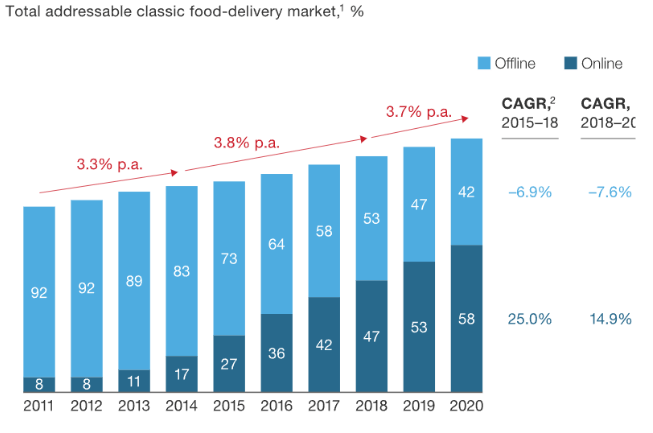
Uber users who have also used taxi stands ended up using this service 2 to 7 times more than they used taxi stands.
In our interviews we were able to confirm the reasons for this tendency as we heard their explanations about why they prefer Uber.
- “I don’t have to give any explanations, a few taps and it’s all set”
- “It is much easier and quicker that calling for a radio-taxi”
- “It’s easier and I feel safer”
- “I used to arrange for a cab driver to take me from bar to bar all night or I drove when I’d been drinking; now I can call for an Uber even though I myself am not really sure where I am”
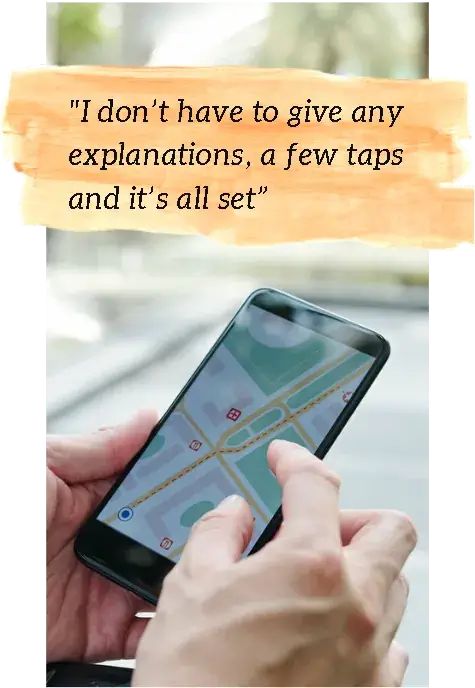
For similar reasons, those we interviewed make 3 to 10 times more online transactions a month, compared to the number made when they had to go to an ATM or a bank window.
By 2017, there was already a widespread preference for online reservations in hotel booking and the tendency has continued to grow.

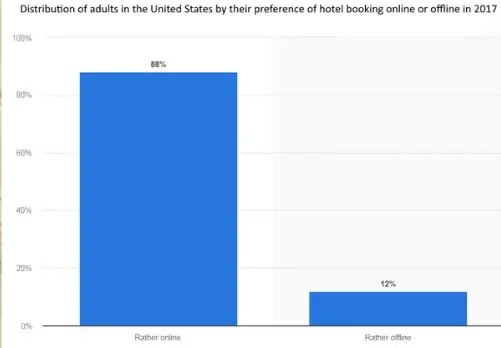

Our individual preference for immediacy, convenience and simplicity has a great impact on markets:
- Netflix surpassed the number of subscribers to pay-TV in the US in 2017 and in Latin America in 2020.
https://labsnews.com/en/articles/technology/streaming-services-will-surpass-pay-tv-in-latin-america-in-2020/
- The use of Uber, Didi, Lyft and similar services is rapidly outpacing traditional taxis in cities where these services are available.
https://www.marketwatch.com/story/this-chart-shows-how-uber-rides-sped-past-nyc-yellow-cabs-in-just-six-years-2019-08-09
- Companies like Amazon, Google and Apple are consistently on the list of the world’s largest companies.
https://www.financecharts.com/screener/biggest
Multiple levels of interaction
Key concepts of customer service
Another expression we found frequently during our interviews about the reasons for preferring Amazon, Rapi, Uber, Didi, Cornershop, etc. is “because I don’t have to make a call”. This might seem counterintuitive given the fact that calls usually involve more attention, immediate response and personal contact, factors that are generally perceived as very satisfying in most cases. In reality this interpretation overlooks the fact that a call demands the same degree of attention, immediate response and personal contact on the part of the customer. If someone is watching a movie in their room they have to interrupt their viewing in order to listen and to state what they want. Customers don’t necessarily want to dedicate that level of effort and attention to all of life’s chores. That level of attention is reserved for just a certain select group of activities.
The degree of attention that people want to dedicate to any given task varies not only from person to person but also from one moment to another, for the same person. However, we have found some clear tendencies within the hospitality industry.
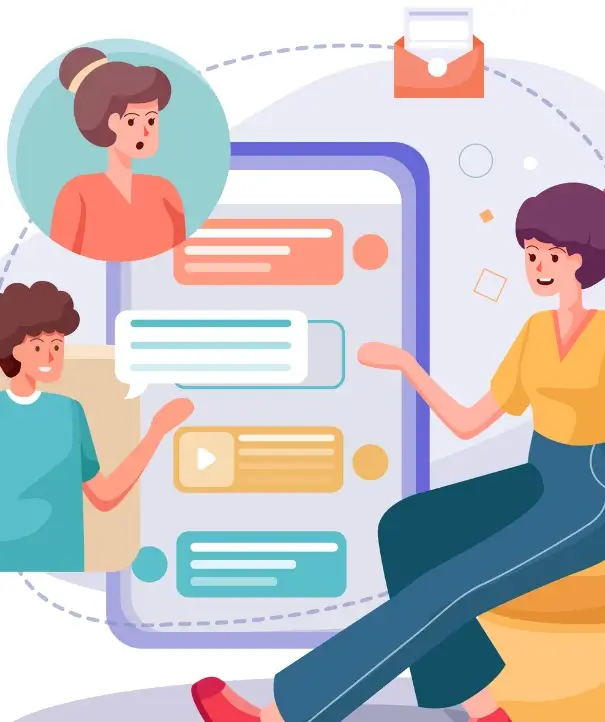
The room implies intimacy that usually isn’t intended to be shared. Generally, when a customer is working in the Business Center that means there is a much more important task they have to pay attention to. In these cases, most people prefer applications and messages. In our interviews, almost the only cases that didn’t coincide with this tendency were those with very specific dietary restrictions because not fulfilling these could cause a great deal of stress, discomfort, and/or in the most extreme cases even death. However, if food requirements can be transmitted easily and efficiently through a message or an application such mechanisms are usually preferred.
On the other hand, in the restaurant, on a tour, or at social gatherings, people usually prefer personal contact, even though there are some exceptions. The key to understanding this is realizing that it is a process quite similar to what takes place with communication in general: sometimes we just want to get a text message to know that our child, partner or friend got home safely, because we are involved with work, and at other times we want to share things with them and have long talks.
In conclusion, guests, just as it is in their personal life, want to pick and choose from various forms of communication according to the objective and the attention they wish to devote to any given task at any given time. So there is no single answer about the best way to attend to their needs. Depending on the circumstances, there is a wide variety of options, ranging from an impersonal automatic message to direct and efficient in person contact. What is clear is that they like to have a variety of options, just as they do for messaging services, calls and video conferences on their cell phones.In conclusion, guests, just as it is in their personal life, want to pick and choose from various forms of communication according to the objective and the attention they wish to devote to any given task at any given time. So there is no single answer about the best way to attend to their needs. Depending on the circumstances, there is a wide variety of options, ranging from an impersonal automatic message to direct and efficient in person contact. What is clear is that they like to have a variety of options, just as they do for messaging services, calls and video conferences on their cell phones.
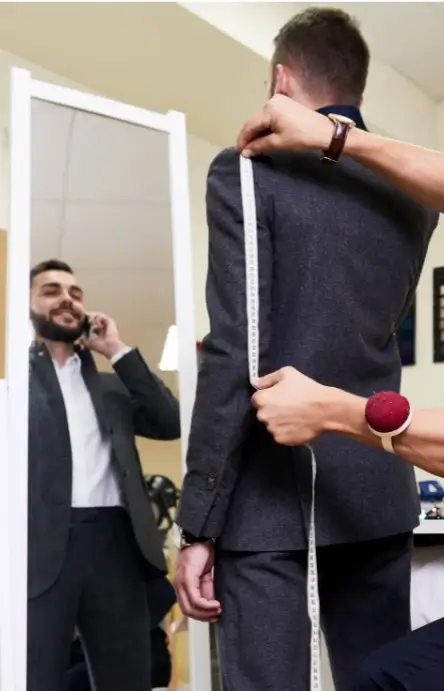
Personalization
Key concepts of customer service
Another decisive factor contributing to the success of smart phones is personalization. This includes how each user consciously establishes their tastes when selecting applications, or choosing tones and screen backgrounds, but above all it is what various companies do as they register their customers’ preferences via their actions and interactions as they use cell phones, applications and web pages. Thus, during interviews, one frequently hears statements like the following ones:
“They know me better than I know myself”; “they make very good suggestions”; “they know what I am going to like”; “it seems like they can read my mind”, etc. in reference to services and applications such as Amazon, Netflix, YouTube and Google.
This leads us to reiterate some obvious facts, which are nevertheless often ignored when trying to provide personalized services in the hotel industry.
1.- Personalization is one of the most powerful and impactful service tools for providing a great customer experience.
2.- “Personalized” does not necessarily mean “in person”.
3.- Personalization depends on what information is available about the customer; if I know nothing about someone, no app or person can make it possible for me to provide personalized service.

Another factor that makes personalization invaluable is the increase in customers’ selectivity. Based simply on preferences or due to allergies or illnesses, we have become increasingly selective and finicky customers. The days when the only options for coffee were with or without sugar are gone and now even the simplest coffee machines have two or three options for sweeteners and milk.
This is not unique to a single country or a single industry. In 2014 at least 60% of people in the US avoided consuming at least one type of food, and in 2021 the same was true for 50% of Australians. Luxury car brands allow us to choose from a wide variety of finishes for the seats, dashboards and doors and even experiment with “dynamic” paint. The more we know about our customers, the better we can serve them, in addition to preparing ourselves, and optimizing our supply, personnel and processes, to do so.
Feedback and interactivity
Key concepts of customer service
Undoubtedly one of the most important transformations on a social level, as a result of the digital age and in particular of smartphones, is the democratization of voice and influence. Internet is a two-way means of communication and therefore everyone can publish and express an opinion. This has become a decisive factor in the tourism sector. In a 2007 study, it was found that more than 89% of people read the opinions of other travelers as an integral part of their leisure travel planning process, with TripAdvisor being the dominant portal in this segment.
https://www.tripadvisor.com/pdfs/OnlineTravelReviewReport.pdf
Both failures and successes can appear online almost instantly and affect, for better or worse, reservations and prices for weeks or even months to come.

Design
Key concepts of customer service
Usually when we talk about design, the first thing that comes to mind is graphic design. It is, without a doubt, one of the most important components when designing a system because sight is the sense that provides us with the most information; however, it is not the only element in a system’s design. The apps and any computer program must have a purpose. If this is not the case, the program has no meaning no matter how beautiful it may be.
Many systems engineers fall into the functionality trap, believing that their mission has been accomplished if the program performs the task for which it was developed; but that is really not the case if nobody uses it.
User experience design (UX) arises from the need to create systems that people actually use. It considers all the aspects that lead people to use the system, including, of course, the graphic design, the interface (UI) and functionality, but also how and when a user accesses the system and what happens before, during and after using it (UX/CX). Taking all of these aspects into consideration is undoubtedly a key factor in Apple’s success.
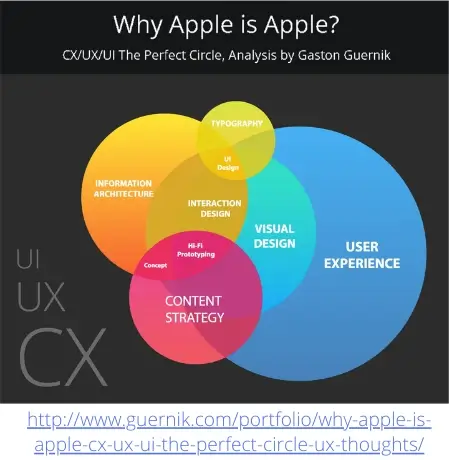
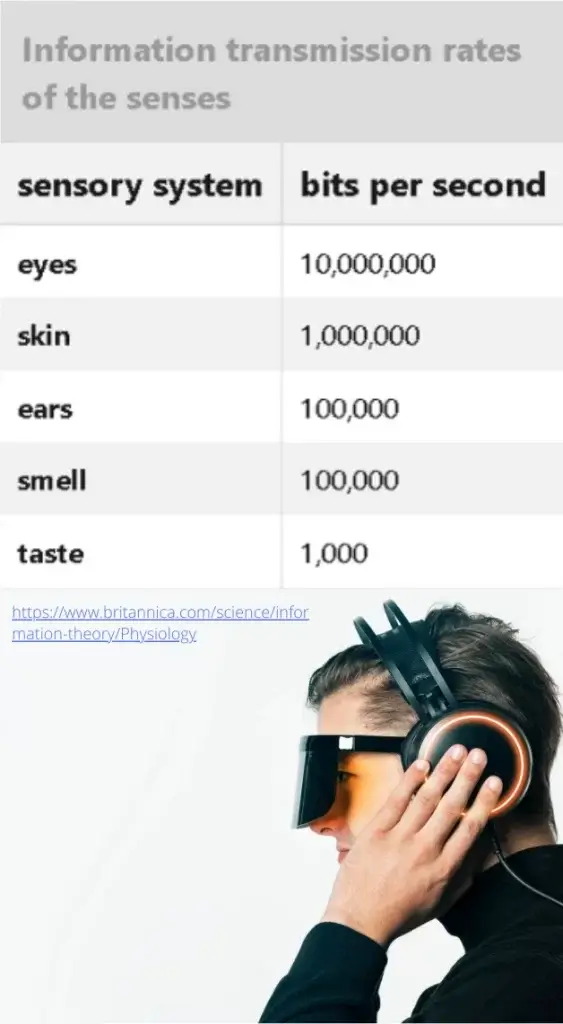
Smartphones have accustomed us to having various alternatives for accomplishing the same task: “iPhone or Android”; “Uber, Didi or Beat”; “Zoom, Teams or Meet”, etc. But at the same time, we expect a certain consistency within that variety; as users we don’t like having to learn everything all over again for each application. Thus, we can see many elements in common in most applications, the hamburger menu, the spaces to write in and the red button to end a call, the map to ask for a car, etc.
conclusions
Before smartphones arrived on the scene, there were already many features that we like in a service that have not changed. What we see is that many of these features, such as immediacy, convenience, simplicity, multiple levels of interaction, personalization and design, have become so commonplace using smartphones that we expect them in any interaction we have with businesses.
Meeting all these expectations is not easy. The cell phone world itself is full of applications that are difficult to use or to understand, or that simply do not work. In face-to-face services there are also countless examples.
Our contribution is to use this very same tool, that has raised and transformed expectations, as an instrument to facilitate meeting those expectations.
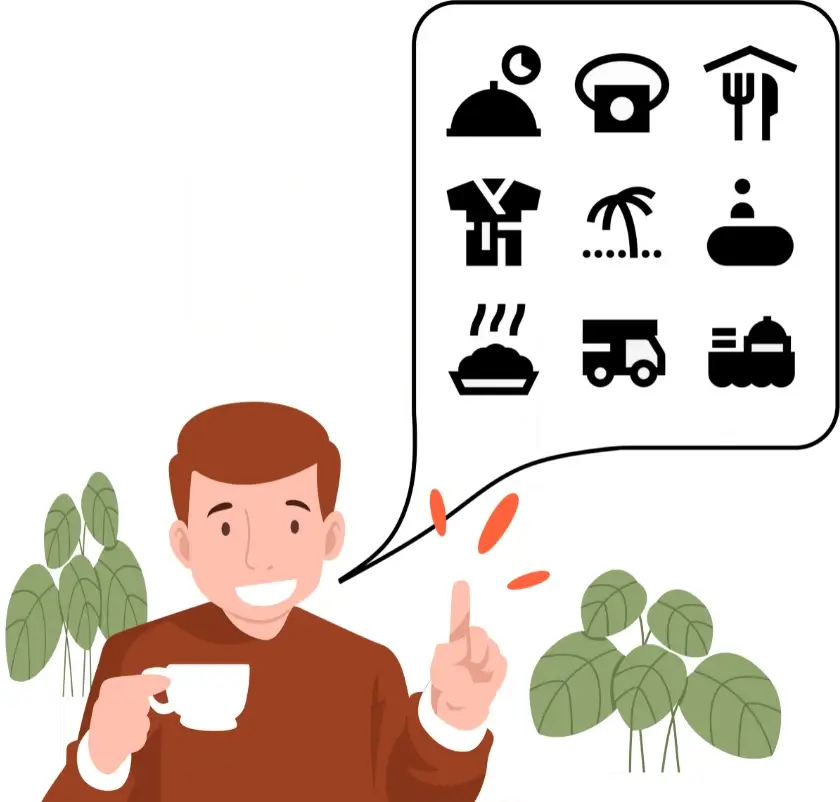
The Opportunity for the Hotel industry
Use smart phones to provide an
extraordinary experience for your guests
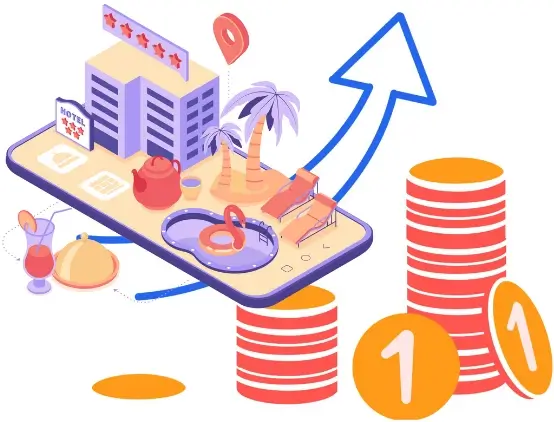
Because of the pandemic many countries prohibited the use of printed menus. The QR menu rapidly became one of the most popular alternatives and one of the immediate solutions for this was converting the printed menu, just as it is (PDF), into digital form. This solution is a wasted opportunity. First of all, it is an insufficient way to imitate having a printed menu in our hands. One problem is presenting on a relatively small screen something that was designed to be seen in print on a much larger format. Above all it misses out on the immense possibilities of having in one’s hands a cell phone connected to the internet. It is analogous to looking for the translation of a word in an enormous list, of thousands of words in alphabetical order, as if we were using a printed dictionary, instead of typing it into a search engine.
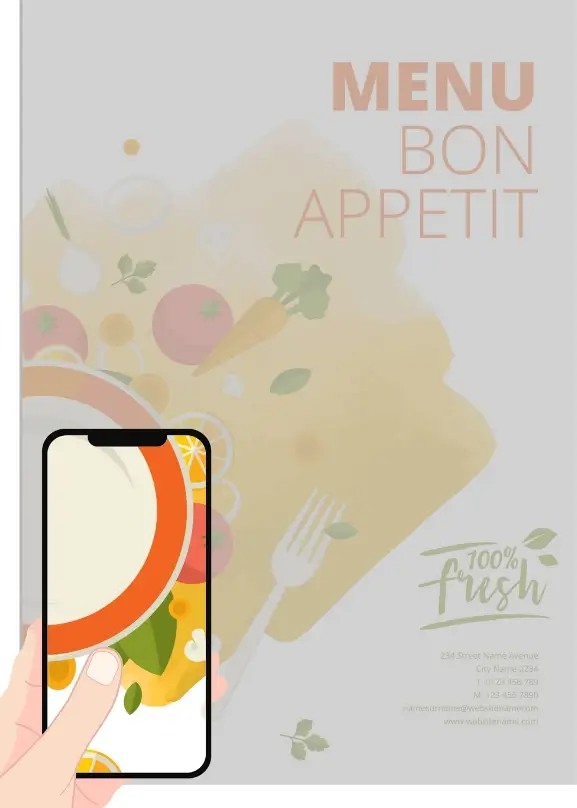
With our guest service system Sabio Host (Wise Host) we are focused on helping our customers and their customers take advantage of this opportunity.
Immediacy, convenience and simplicity
With our system guests can order directly form the menu they are looking at and charge it to their room without having to interrupt the movie they’re watching to turn around and look for the landline phone. In fact they can order from anywhere in the hotel and their food will be brought to them there. All of this by just scanning QRs; without explaining where they are and with no troublesome signatures.
Besides providing the comfort of an app to access the hotel’s services we bypass one of the biggest problems with apps, which is having to install them. Not everyone has sufficient space on their cell phones and many who do don’t want to be bothered with installing and configuring an application. With Sabio Host we have avoided this step via registration at the reception desk which ends with simply scanning a QR that enables each guest’s cell phone to provide all the convenience of a conventional app.
Better interactions
Sabio Host improves the interactions with your guests on two levels. First it allows for interacting via messages. Guests will prefer this since all simple interactions can be achieved by messaging, which requires less time and attention from them as well as from the hotel staff.
The second level, which we consider to be Sabio Host’s greatest advantage (or asset), is what we call “collective memory”. It is all of the information that is key for attending each one of your guests. Sabio Host informs your staff about the tastes and preferences of each one of your guests who has scanned the QR for seeing the menu or available services. This will allow for personalized attention, by remembering not only guests’ names but also their preferences, allergies, and significant occasions. This will improve interactions via messages and, most importantly, provide a touch of familiarity and appreciation that usually comes in face to face interactions.

Personalization
In addition to personalizing in face to face in person interactions, thanks to our collective memory feature, it is also possible to send information and super-targeted promotions that show each guest products and information that they are really looking for, so that they don’t seem intrusive and will thus increase their consumption and satisfaction.

Another area where this information is invaluable is in preparing the guests’ rooms by giving the staff that does so information on the number of blankets, pillows, towels, etc. that they should leave there and letting them know about important dates and events that may merit some detail ranging from a simple note to a more elaborate surprise. The minibar can also be personalized by stocking it with energy bars and healthy snacks for athletes, non-alcoholic beverages for AA members, and sweets and popcorn for family groups.
In the case of weddings, conferences and other events, the staff will be able to identify, the organizers, the bride and groom, bridesmaids, featured speakers, etc. in order to provide the appropriate attention and service in each case in accordance with the type of event and the package of services that were contracted.
Feedback and interactivity
It is unlikely that a waiter/waitress will turn in a report about their own poor service or that they will keep an accurate list of things that customers ask for that are not on the menu. Probably everyone on your kitchen staff has a notion of which are the most frequented eating sites and the most popular dishes in each case, but probably no one could actually list them all correctly in terms of popularity. With Sabio Host, management can receive feedback directly from the customers and get reports with information that will be key to making the best decisions.

Design
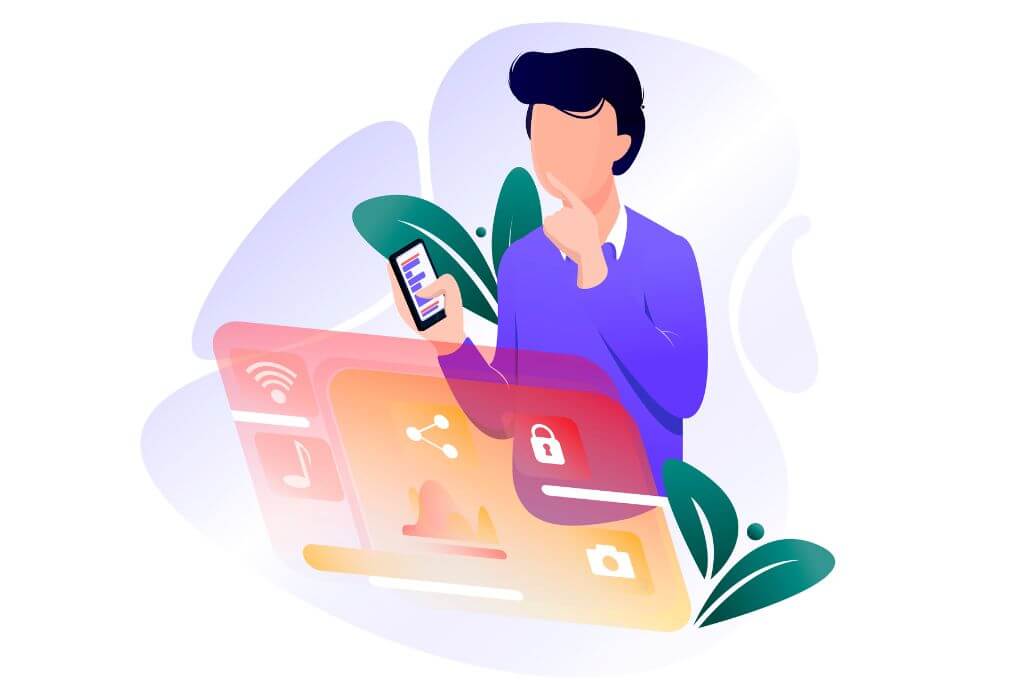
No one really needs instructions to use an app because they all have common design patterns. Sabio Host is no exception. In our system you will find menus, chats and screens with elements familiar to most users like the hamburger menu, the search engine and separation by sections that are easily recognized and easy to use.
But in the world of services, the environment created in each particular space is very important. Therefore, in addition to functionality and interaction we incorporate, exclusively for each client, all the graphic elements, colors and typographies of the designs and brand manuals that are characteristic of each one of our customers’ consumption centers.
Information Managment
In many situations time is essential; whether it involves making last minute changes just before the inauguration of an event, eliminating dishes from the menu because the ingredients aren’t available, or making a special menu for a group or an event. The activities and information a hotel must provide are in constant flux. With Sabio Host our clients can instantly edit the entire contents of their menus and we have an excellent response time, of usually one hour or less every day of the year, for all changes and requests that go beyond what the menu editor process typically allows for. This provides our clients with complete control of the information in their QRs.

Summary
By combining all of these features Sabio Host gives the service industry, and the hotel sector in particular, a new tool for providing exceptional customer service when and where it matters most, which is while the guests are at the hotel.
Our solution is complementary the multiple technological tools that have transformed hotel services. However, unlike reservation apps or traditional CRMs that focus more on pre and post guest stay experiences, Sabio Host helps the hotel to provide its guests with an extraordinary visit while they are there.
The fact that people today are so accustomed to consulting menus and services by using QRs on their cell phones offers a great opportunity. We provide guests with convenient, quick and easy access to the full range of a hotel’s services with just a few taps, thus simplifying placing orders, paying and making all kinds of inquiries and reservations. We supply the hotel with information they can use to provide super personalized attention and service even when they may have high rotation of their employees. We provide management with information that is key for decision making.
We are Sabio Host and we help to provide outstanding Hospitality.


